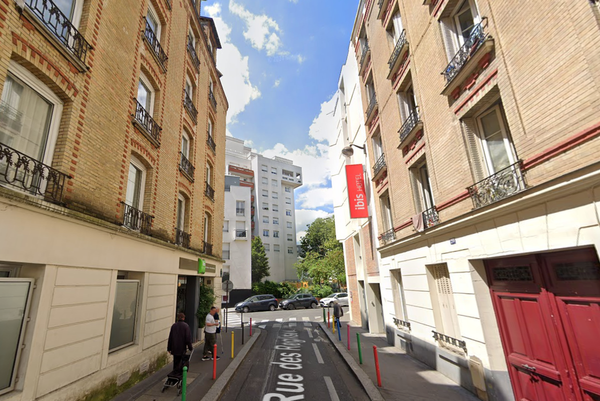A convict-built cottage in Tasmania's Southern Midlands is slowly revealing 160 years of secrets through its many layers of historical wallpaper.
The Hobbit House, as it is affectionately known by its owners, is an 1860s timber cottage built in Oatlands by convict James McDermott.
McDermott was transported to Van Diemen's Land in 1850 for stealing a cow but was later pardoned and worked as a farm labourer in the Oatlands area.
He and his wife Mary Ann and three sons lived at the cottage for 60 years between them.
Wallpaper historian Alan Townsend said the cottage got its name due to its saggy walls.
"There are so many layers of wallpaper in this tiny little house that the ceilings sag in towards you so you feel like you're underground," Mr Townsend told Helen Shield on ABC Radio Hobart.
He said the cottage was a time capsule and had layer after layer of wallpaper added — 86 different types altogether.
"Not only do you have about 160 years of people wallpapering it every two or three years, it's never been touched."
One room alone has 30 layers of wallpaper.
Why all the layers?
Smoke from the cottage's open fires would darken the wallpaper, which led to the occupants adding more over the top, Mr Townsend said.
"The other problem is, being a timber house you get a lot of drafts, and every year or two you'd re-paper and keep the drafts out … over time you end up with 30 layers."
He thinks the McDermotts probably acquired discounted off-cuts from local shops.
The cottage's current owner invited Mr Townsend to collect some wallpaper when she was removing it — he wasn't sure what to expect, but arrived with conservation volunteers Linda Clarke and Karen Stott to find ute-loads of it.
"We spotted straight away that some of the early layers were really, really interesting.
"One layer depicted a landscape filled with classical ruins like an MC Escher painting that could never exist in reality; somehow in the 1860s they thought it would make good wallpaper."
Not just wallpaper
Oatlands is known to be a cold and windy town in winter.
In an 1860s cottage the occupants would also cover cracks and gaps with old dress fabric, hessian, newspapers and even children's homework, Mr Townsend said.
"We've got 100 years of textile history," he said.
Between 1864 and 1880 the McDermotts pasted their children's homework to the wall, which Mr Townsend initially thought was for practicality rather than display.
Children were given a blank copy book, with each page containing a beautifully written line at the top; some of the lines reinforced moral messages from school.
"Your job was to copy that line 20 or 30 times on the page to end up with that beautiful copperplate handwriting that the 19th century is so famous for," he said.
"You see a real transition; the parents are convicts and are totally illiterate."
He said the McDermotts had signed official documents with an "X", meaning they could not read or write, "whereas their kids are getting quite a good education in Oatlands in the 19th century".
"I think that's why there's so much of their homework pasted to the wall because you've got really proud parents wanting to document what their kids are doing.
Mr Townsend also found a portion of a letter that was properly signed by James McDermott.
"We know he was illiterate; by the time the kids were old enough to read and write, the parents were using them to write letters for them."
Paris, London, Hobart Town
Mr Townsend is writing a book that will tell some of Tasmania's social history discovered through wallpaper.
When people looked back at Tasmania's colonial history, it was often a drab picture, he said, "but if you were living here in the 1850s, you had access to the most amazing shops".
"You could get pretty much anything you could get in the shops of London or Paris in the shops of Hobart," Mr Townsend said.
A house in Evandale has bespoke French wallpaper from the 1800s in which the entire room was one individual piece of art depicting two royal families meeting in the deserts of Arabia.
Initially, decorative wallpaper was for the rich only, Mr Townsend said.
"But then jump to the 1860s and you've got convicts buying it," he said.
"The reason is by the middle of the 19th century, you've got machine printing coming in and what used to be a luxury item was suddenly available to everyone."







